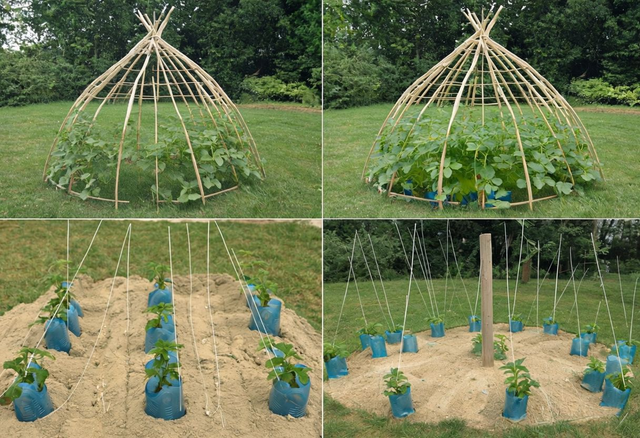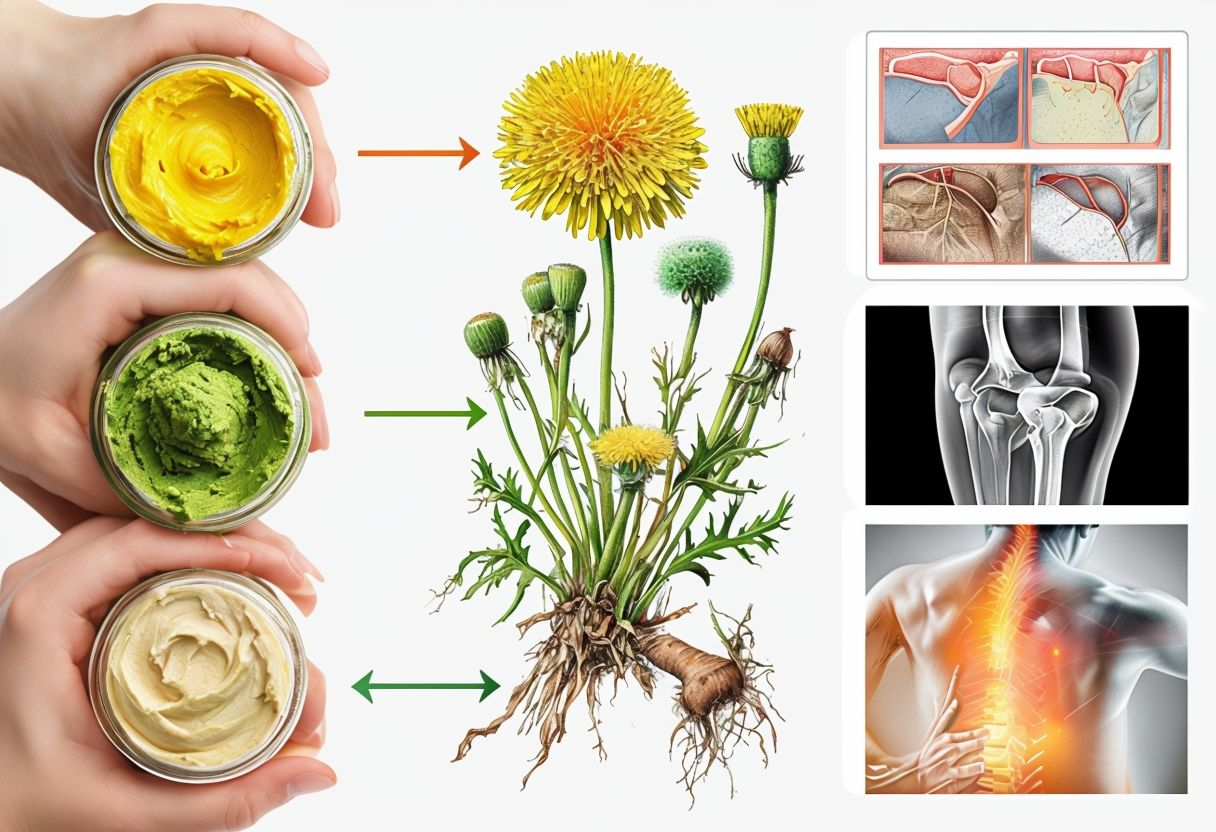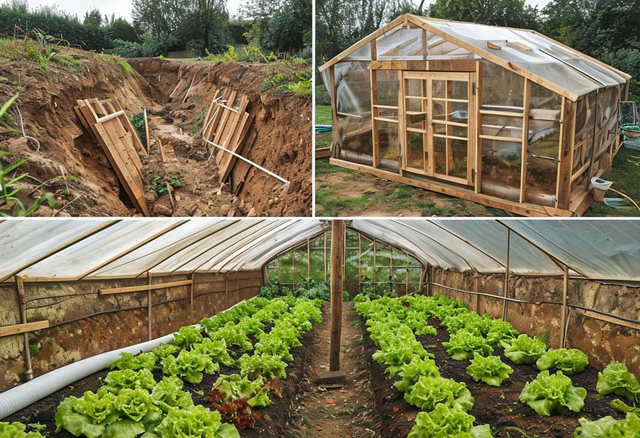
How and Why to Grow Cucumbers in a Herringbone Pattern
Paula
- 0
- 33
🧠 Q1 — What is a herringbone pattern in gardening, and why use it for cucumbers?
The herringbone pattern is a planting layout where supports or plants are arranged diagonally, forming a series of “X” shapes or chevrons along a row. For cucumbers, this setup offers several practical benefits:
- Maximizes Space – Ideal for small gardens or raised beds.
- Improves Air Circulation – Reduces fungal risk and supports plant health.
- Enhances Sunlight Exposure – Every vine gets light, reducing shading.
- Facilitates Easier Harvesting – Clear layout helps locate and pick fruit easily.
- Adds Visual Appeal – The geometric structure gives a tidy, stylized garden look.
🛠️ Q2 — How do I prepare the space for herringbone cucumber planting?
Choose the right location:
- Full sun (6–8 hours/day minimum).
- Away from shade-producing structures or large trees.
Prep the soil:
- Loamy, well-draining soil is best.
- Slightly acidic to neutral (pH 6.0–7.0).
- Enrich with compost or aged manure for strong initial growth.
Spacing guideline:
- Allow at least 18 inches (45 cm) between each plant in all directions.
🧱 Q3 — How do I build a herringbone support system for cucumbers?
Materials needed:
- Bamboo stakes or wooden poles
- Garden twine, jute, or trellis netting
- Zip ties or garden wire
Installation steps:
- Place two parallel rows of stakes about 18″ apart.
- Angle each stake toward the center so they meet at the top, forming an “X” when viewed from the end.
- Secure intersections with twine or ties.
- Repeat every 18″ down the row.
- Add horizontal twine or netting across the angled stakes for vine support.
🌱 Q4 — How and when should I plant the cucumbers?
Sowing:
- Plant 1–2 seeds per base of each “X” stake.
- Water thoroughly and keep soil moist for germination.
- Thin to one strong plant once seedlings emerge.
Training the vines:
- Begin guiding the vines upward once they reach 6–8 inches in height.
- Tie loosely with soft plant ties or clips to avoid damaging stems.
- Prune side shoots as needed to encourage upward growth.
🔄 Q5 — What maintenance is required during the season?
Watering:
- Keep the soil consistently moist (not soggy).
- Deep watering 1–2 times per week is ideal in hot weather.
Fertilization:
- Use a balanced fertilizer (e.g., 10-10-10) every 4–6 weeks.
- Compost tea or fish emulsion can be used for organic feeding.
Pest & disease management:
- Watch for cucumber beetles, aphids, and powdery mildew.
- Use neem oil or insecticidal soap as needed.
- Ensure airflow remains strong through pruning or spacing adjustments.
🥒 Q6 — When and how should cucumbers be harvested?
Timing:
- Harvest cucumbers when they are medium-sized, firm, and deep green in color.
- Overripe cucumbers become bitter and reduce overall yield.
Method:
- Use clean garden scissors or pruning shears to cut the stem just above the fruit.
- Avoid pulling cucumbers to reduce vine stress.
🌟 Conclusion: Why Try the Herringbone Method?
Growing cucumbers in a herringbone pattern is more than just a space-saving technique—it’s a functional system that encourages healthier growth, higher yields, and a beautiful garden design. Whether you’re growing in a small backyard or a larger homestead, this method adds structure, efficiency, and charm to your garden routine.


